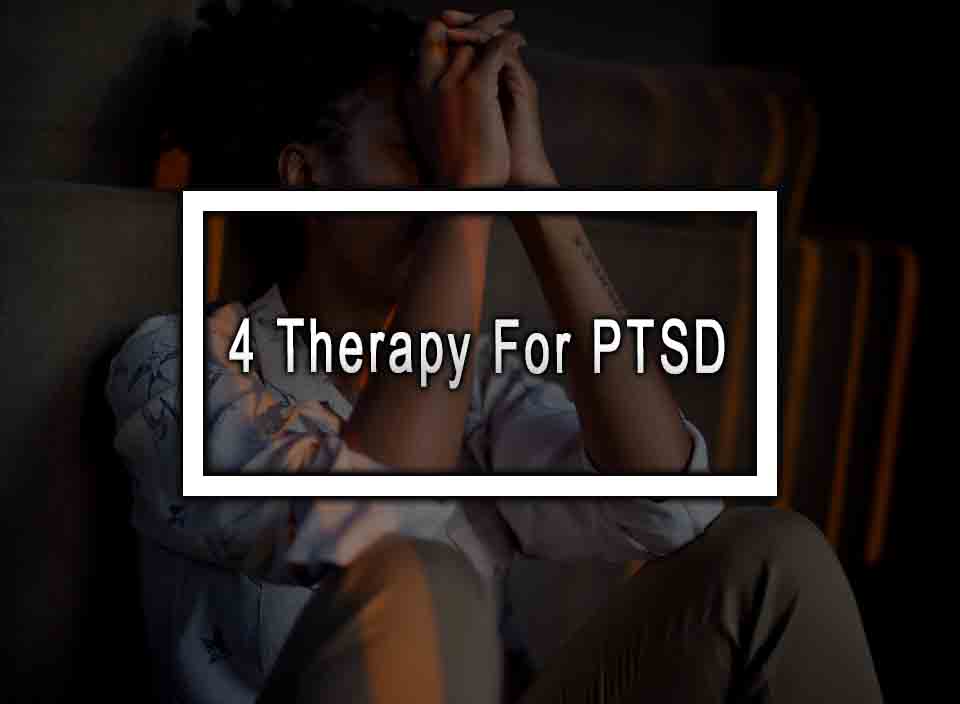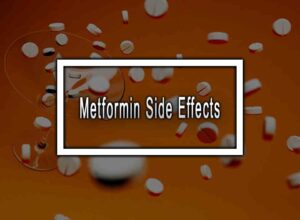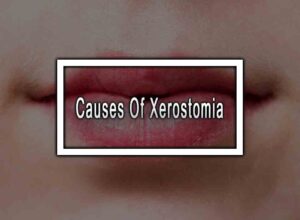Here Are Some Therapy For PTSD
PTSD or Post Traumatic Stress Disorder is a mental health condition that can develop when a person has experienced or witnessed a traumatic event such as war, natural disaster, sexual assault, or any other life-threatening event. PTSD can have a significant impact on a person’s daily life, making it difficult for them to function normally, and can affect their relationships, work, and overall quality of life. However, there are various forms of therapy available that have been proven effective in treating PTSD. In this article, we will discuss the different types of therapy for PTSD patients.
Cognitive Behavioral Therapy (CBT)

Cognitive Behavioral Therapy (CBT) is one of the most commonly used therapy for PTSD patients. CBT focuses on identifying and changing negative thought patterns and behaviors that can contribute to the development of PTSD. CBT also aims to teach patients how to cope with their symptoms by developing healthy coping strategies. CBT is a time-limited therapy that typically lasts between 8-20 sessions. CBT can be done individually or in a group setting and has been shown to be effective in reducing PTSD symptoms.
Prolonged Exposure Therapy (PE)

Prolonged Exposure Therapy (PE) is another form of therapy for PTSD that has been proven effective in treating PTSD. PE aims to help patients confront and process traumatic events that they have been avoiding. During the therapy, the patient is asked to recount the traumatic event in detail while the therapist helps them process their emotions and reactions. The patient is also asked to participate in In vivo exposure, where they are gradually exposed to situations that remind them of the traumatic event. The goal of PE is to reduce the patient’s avoidance of situations that trigger their PTSD symptoms. PE typically lasts between 8-15 sessions and can be done individually or in a group setting.
Eye Movement Desensitization and Reprocessing (EMDR)

Eye Movement Desensitization and Reprocessing (EMDR) is an innovative form of therapy for PTSD that has been shown to be effective in treating PTSD. During EMDR, the patient is asked to recall the traumatic event while the therapist directs their eye movements or other forms of bilateral stimulation. The goal of EMDR is to reduce the intensity of traumatic memories and emotions associated with them. EMDR can be done individually or in a group setting and typically lasts between 8-12 sessions. EMDR has been shown to be effective in reducing PTSD symptoms.
Group Therapy

One of the other therapy for PTSD is group therapy is another form of therapy that can be effective in treating PTSD. Group therapy provides a safe and supportive environment where patients can share their experiences with others who have gone through similar experiences. Group therapy can help patients feel less isolated and alone in their struggles with PTSD. It can also provide patients with a sense of belonging and help them develop healthy coping strategies. Group therapy can be done in conjunction with other forms of therapy or as a stand-alone treatment.
Conclusion
PTSD is a severe mental illness that can significantly affect a person’s life. But there are a number of therapy options that have been shown to be successful in treating PTSD. Effective therapies for PTSD patients include group therapy, eye movement desensitization and reprocessing (EMDR), prolonged exposure therapy (PE), and cognitive behavioral therapy (CBT). It is important to remember that not every therapy is effective for every patient, and that finding the best course of action may need some trial and error. Getting assistance from a licensed mental health expert who can mentor you through the healing process is also crucial. PTSD sufferers can learn coping mechanisms and how to move on with their lives with the correct care.
Therapy For PTSD FAQs
Here are the most common questions about therapy for PTSD.
1. What are the symptoms of PTSD?
The symptoms of PTSD include flashbacks, nightmares, avoidance, hypervigilance, and negative mood and cognition.
2. Can medication alone be used to treat PTSD?
Medication can help alleviate the symptoms of PTSD, but it is not usually enough on its own to treat the underlying condition.
3. How long does PTSD treatment take?
The length of treatment for PTSD varies depending on the severity of the condition and the individual’s response to therapy. It could take several weeks or months.
4. Will PTSD treatment completely cure the condition?
PTSD treatment can help alleviate symptoms and improve quality of life, but it may not completely cure the condition.
5. Can family members be involved in PTSD therapy?
Yes, family members can be involved in PTSD therapy to learn how to support their loved ones and facilitate their recovery.
6. What should I expect from PTSD therapy?
In PTSD therapy, you can expect to discuss your trauma with a trained mental health professional, learn coping skills to manage symptoms and work on developing a new perspective on the traumatic event.












